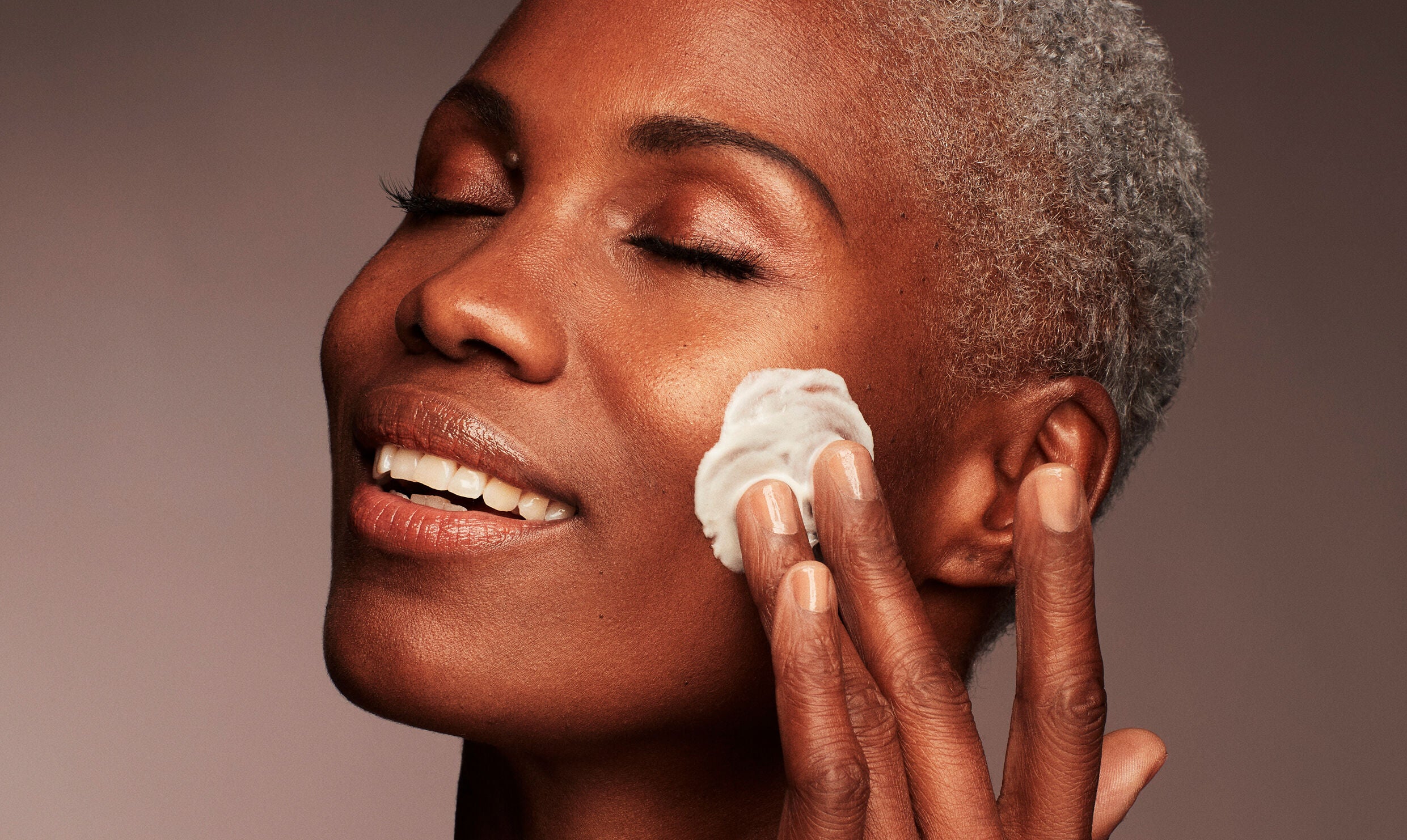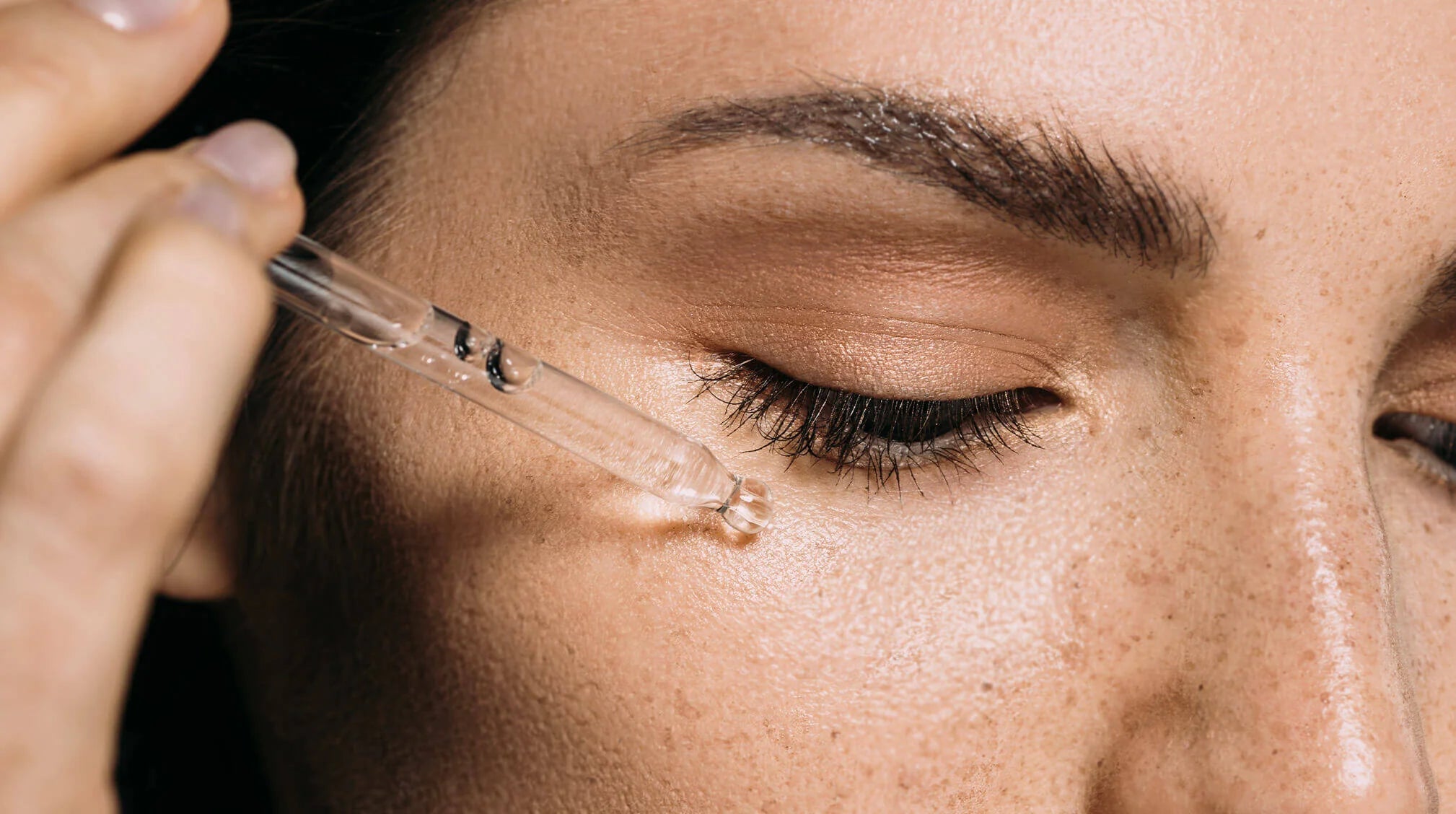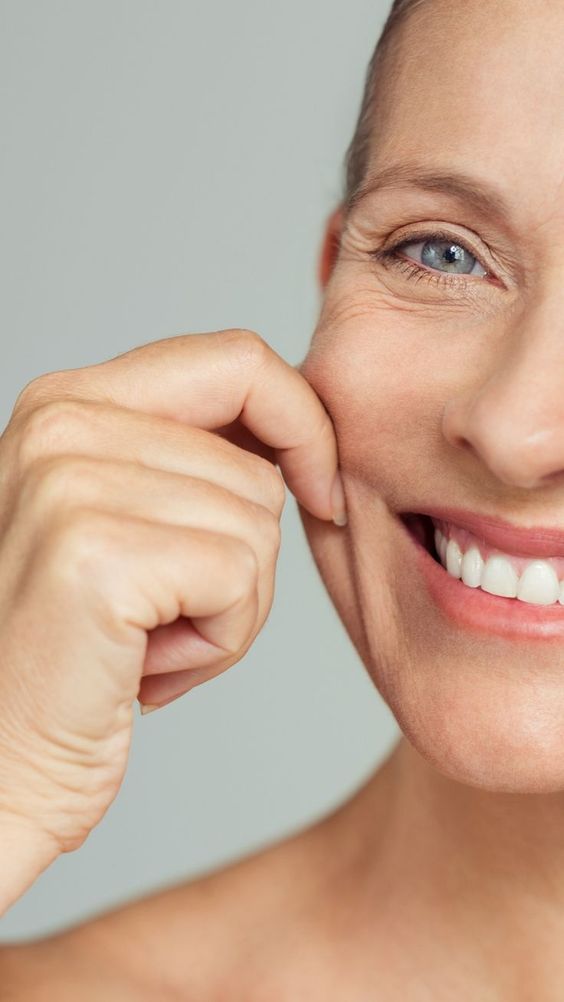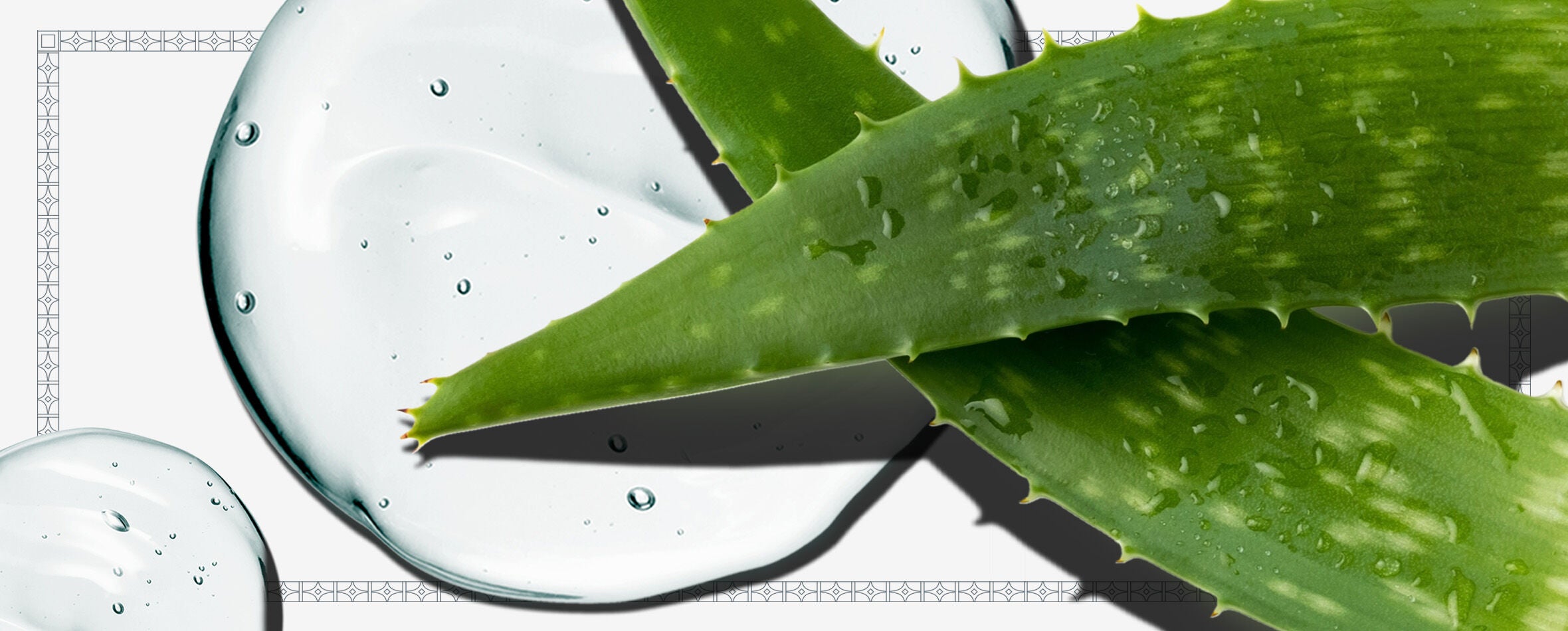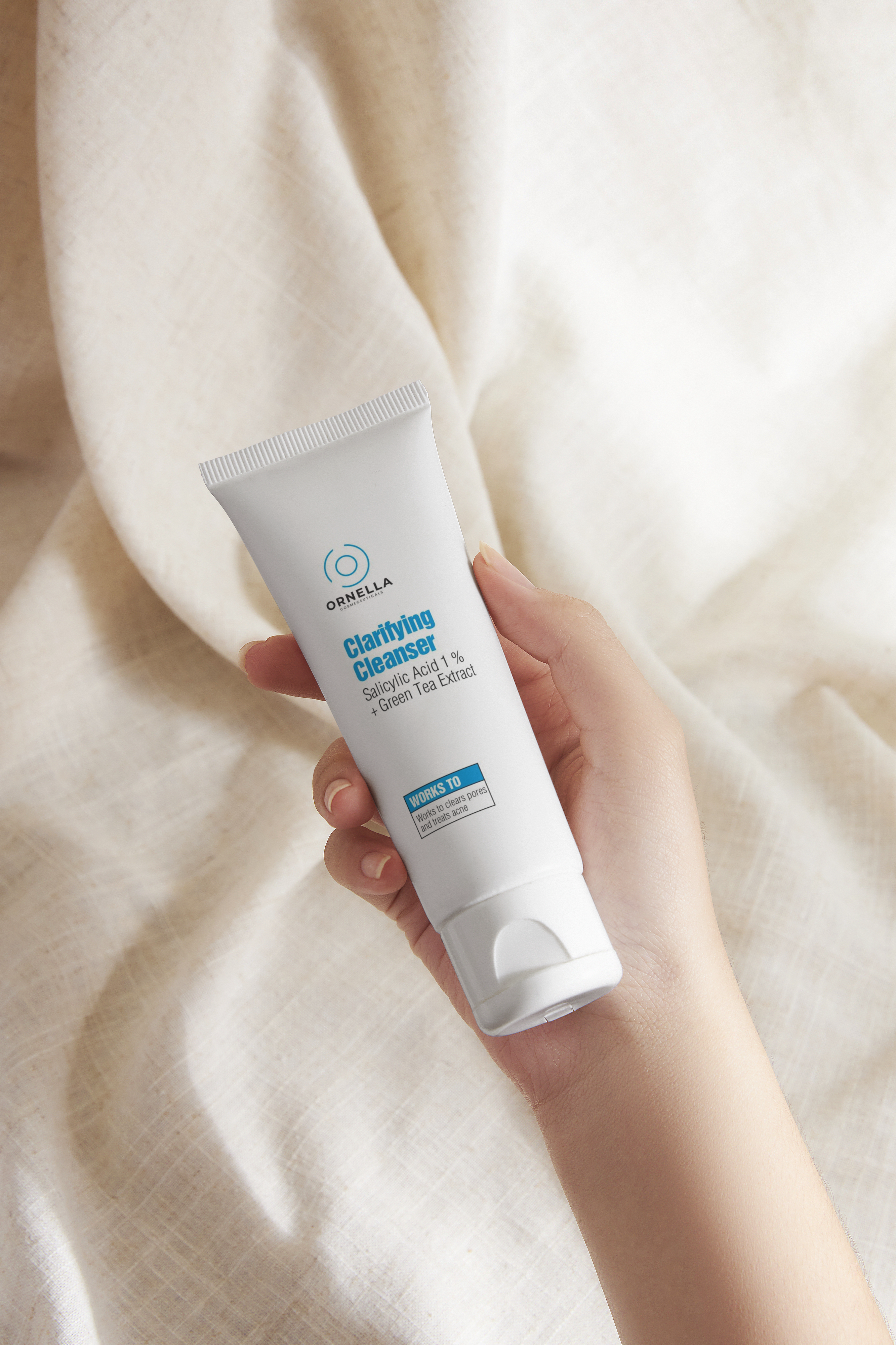
What Is Skin Purging (and What Ingredients Cause It)?
When a pimple makes an appearance, most of us care less about the reasons why it showed up and more about how we can make it go away—quickly. But as it turns out the ‘why’ is something you should consider, particularly because it may not be a breakout (at least in the technical sense of the term) at all, but instead might be skin purging.
Yet, type the term “skin purging” into Google, and you’ll find yourself going down a rabbit hole of questions, mixed opinions, and confusing, often contradictory information. “What is skin purging?” and “How is purging different from a breakout?” have answers that even dermatologists and estheticians can’t agree on.
Is Skin Purging A Myth?
Purging is often a disputed topic amongst dermatologists and estheticians. The main reason is that it is not a technical term formally recognized in the field of dermatology. Experts may shy away from the term “purging” because it can imply a detoxification of sorts, in which the skin rids itself of impurities. As science tells us, however, the skin cannot detox itself (only the liver and kidneys play that role).
What most skin authorities do agree on, however, is that ingredients that promote skin cell turnover often bring pore-clogging impurities with it, resulting in breakouts. This is the process the beauty world has dubbed “purging” and what we’ll explore below.

What Is Skin Purging?
A “purge” starts when the rate of skin’s cellular turnover (aka the speed at which new, healthy cells reach the surface of the skin) is increased. This can push old, dead cells—along with all the excess sebum and buildup that comes with them—to the surface, clogging pores and causing breakouts. During the purging process, some people will experience small clusters of specific types of acne such as “pustular breakouts, whiteheads, or blackheads”, according to Polina. However, if you’re prone to papules or cystic acne, you might experience those forms of blemishes, too.

How Can I Tell If My Skin Is Purging?
Aside from the fresh crop of pimples, Diana says that there aren’t any significant symptoms associated with the purging process. She continues to explain that if you’re experiencing something like itchiness or burning, “it might be an allergic reaction that needs attention and not necessarily a skin purge”, in which case you should halt use immediately.
How Is Purging Different From A Breakout?
Breakouts and purging sound like the same thing because at the most basic level, they are. The end result is the same: more breakouts. The key difference is that purging specifically occurs as a result of incorporating a new skincare product that speeds up cellular turnover—the debris was already there deep beneath the surface of the skin and was going to come to light eventually. Breakouts, however, can be caused by a multitude of reasons: comedogenic ingredients, hormones, lack of exfoliation, genetics...the list goes on and on.

Bottom line: If you start a new product and begin breaking out, consider whether you recently added any active ingredients that speed up cellular turnover to your routine. If you have, you could be purging. If you haven’t, it’s probably just a breakout (from stress, hormones etc.) or it could be a sign that that particular product doesn’t agree with your skin. This is why we recommend slowly adding new products into your routine one at a time so you can better identify what’s working for your skin and what’s not.

What Ingredients Cause Skin to Purge?
Like we mentioned, skin purges when an active ingredient known to speed up cellular turnover is introduced. These are commonly found in products for aging skin and exfoliation, since these are designed to bring fresh, healthy skin cells to the surface and leave behind a more youthful, smooth complexion. Of course, everyone’s skin is different and just because you’ve included active ingredients in your routine doesn’t guarantee purging will occur.
Retinol
Retinol, a derivative of vitamin A, speeds up skin’s cellular turnover rate (which slows down as we age) to smooth fine lines and wrinkles, reform skin texture, fade hyperpigmentation, and even treat acne.
Exfoliating Acids (AHAs and BHAs)
Alpha hydroxy acids and beta hydroxy acids are two chemical exfoliants found in skincare. AHAs work at the surface-level of the skin, while BHAs reach deep into the pores. That’s why you’ll commonly find more AHAs (such as glycolic acid) in brightening toners and facial peels and BHAs (like salicylic acid) in skincare for acne-control.

Both types are active ingredients that can cause an increase in cellular turnover where purging is a possibility. While that may make sense for AHAs, those who commonly opt for BHAs to treat their acne-prone skin may be wondering why they would use something that has the potential to cause even more acne. Give these acne-fighting ingredients a few weeks to push out that deep, beneath the surface debris and afterwards, skin should appear much clearer. Or opt for something with sulfur, found in our Acne Drying Treatment, instead to unclog pores sans-purge.
Vitamin C
This brightening antioxidant, technically called l-ascorbic acid, is an active ingredient that has mild exfoliating properties that boost cellular turnover. While vitamin C is the most uncommon of the bunch, some may experience a purge on their way to bright, glowy skin.
How Long Does a Skin Purge Last?
Unfortunately, there’s no clear-cut answer. For the average adult, it takes about 28 days for skin cells to turnover, although this rate slows down as we age. Purging can last around 4-6 weeks but is different for everyone—some skin might not experience it at all. If skin isn’t clearing up after that period, we recommend consulting with a dermatologist.
How to Prevent and Treat Skin Purging
While you can’t control how long the purging process will last (or whether you experience it at all), there are some key tips to make the process easier:
Stay Consistent
At the first sign of a purge, you may be tempted to toss the product when in actuality, you should keep going. While it’s certainly no fun to experience breakouts, it’s better to get all that debris out now so you can eventually attain the clearer, smoother skin you’re seeking.
Don’t Pick
We all know how tempting it is to constantly inspect your breakouts, but Diana and Polina agree that picking at your skin is a bad habit. By popping your pimples, you’re spreading acne-causing bacteria to other areas of your face and increasing your chances of breakouts, hyperpigmentation, and scarring. Instead, keep your hands busy and treat your skin like you would for a normal breakout by applying a spot treatment or opting for a clarifying face mask.
Hydrate, Hydrate, Hydrate
Going through a purge doesn’t mean you should stop using moisturizers or oils, as this can lead to dehydration. When your skin feels like it isn’t getting enough hydration, it will produce more oil to compensate, potentially making the acne even worse. At the same time, if skin is particularly oily, you may shy away from using something too heavy that’ll weigh down the skin. Opt for something lightweight instead that locks in moisture while also delivering anti-inflammatories like green tea and aloe.
